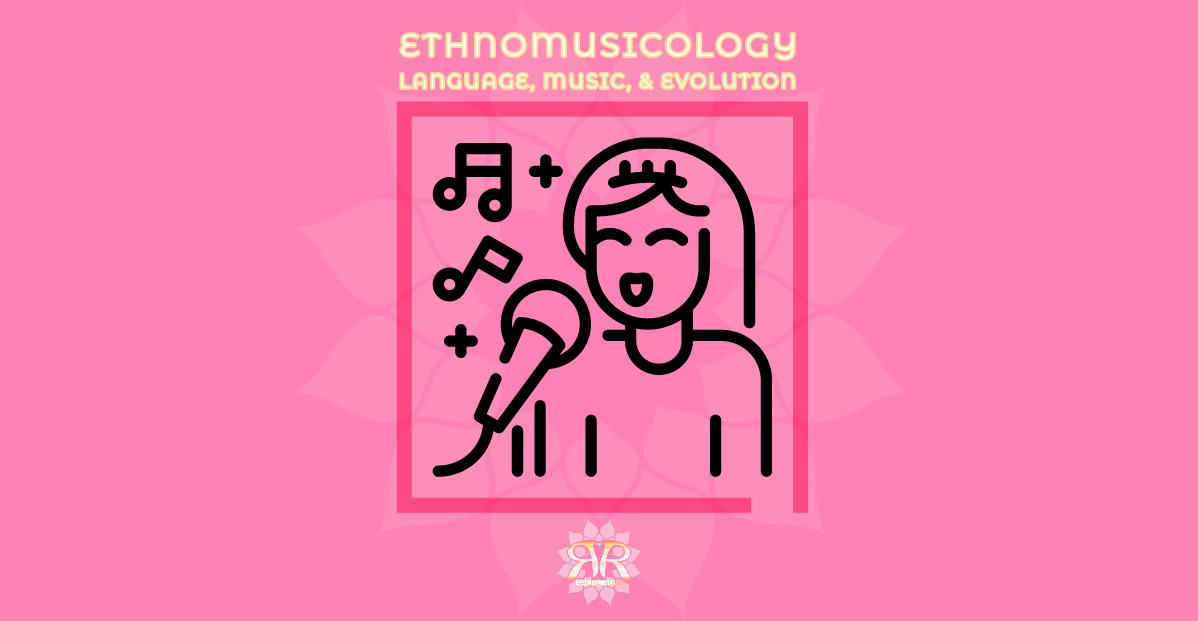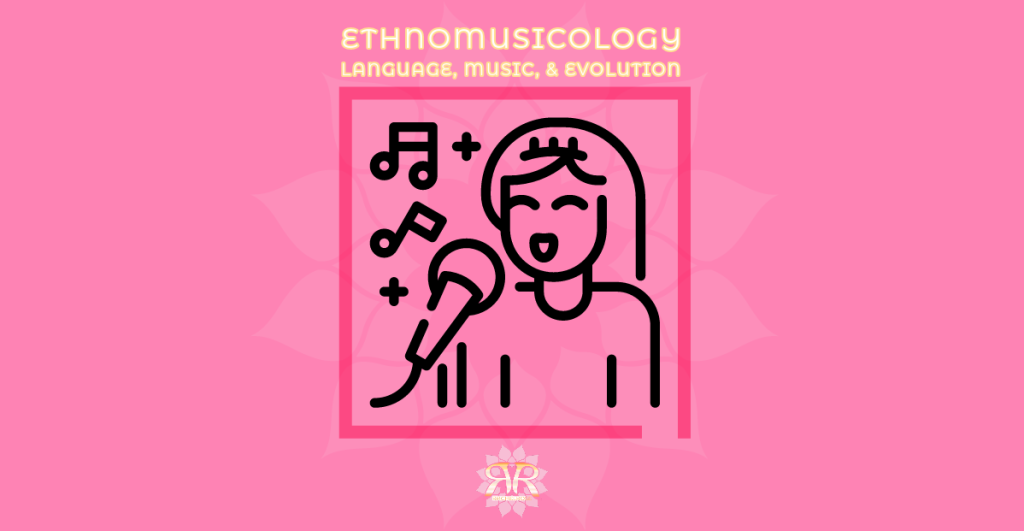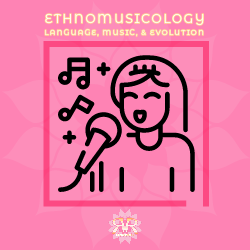Table of Contents
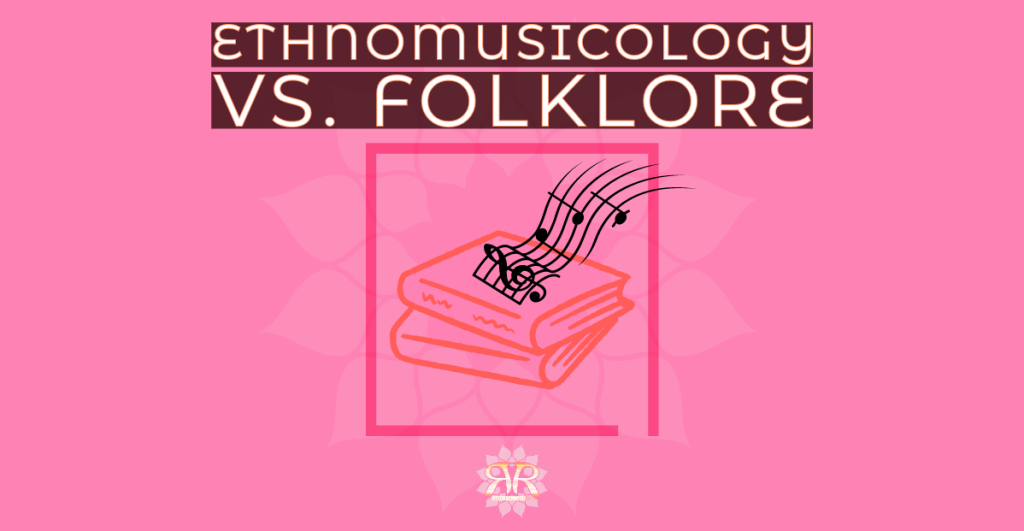
Ethnomusicology and Folklore
How do they differ?
Ethnomusicology and folklore share a lineage, but they are not the same thing.
A folklorist learns and plays a tune. The ethnomusicologist takes note of the melody, compiles details about its background, past, and surroundings, and subsequently includes it in a curated assortment of comparable or distinct tunes to be examined more extensively.
3 Difference between ethnomusicology and folklore
The three critical distinctions are:
- Ethnomusicology uses recording equipment to preserve, catalog and later analyze songs. It is an anthropological approach to music.
- Ethnomusicology studies non-Western music, or music originally composed without transcription. Folklore can include music from all cultures and countries, including Western folk songs.
- Folklore comprises music, dance, poetry, and other art forms. Ethnomusicology focuses only on music.
Definitions
What is ethnomusicology?
In an earlier post, I shared the Merriam-Webster definition:
1. The study of music that is outside the European art tradition 2: The study of music in a sociocultural context
https://www.merriam-webster.com/dictionary/ethnomusicology
However, I now understand that it is specifically the academic study of music in an anthropological context. Béla Bartók is seen as the founder of the discipline, although the term did not exist when he was alive.
Starting in 1905, Bartók and his friend Zoltán Kodály collected more than 10,000 folk songs. They also analyzed the songs’ form and structure. Check out the title of Zodály’s 1907 thesis paper: “Strophic Construction in Hungarian Folksong“. Here is a further quote from Bartók that proves his study of ethno-music was academic in nature, not merely compilation:
“Thus, it became proven that the old scales that are no longer used in our art music have not lost their vitality. Their renewed application made possible a new kind of harmonic combination. The employment of the diatonic scale in this manner led to a liberation from the petrified major and minor systems with the end result that today every step of the chromatic 12-tone system can be freely utilized on its own.”
https://stringsmagazine.com/how-bela-bartok-redefined-classical-music/
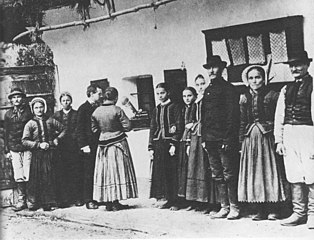
Recording devices marked the beginning of musicology, according to Encyclopedia Britannica. The recording of music allows for its preservation and analysis, enhancing the study of music in an academic context.
Here is a charming photo of Bartók recording a singer on a wax cylinder gramophone.
The audio recorder enabled travelers to collect sounds in distant locations and bring them to specialists who analyzed and preserved them in museum-like settings using specialized equipment in ways that resembled the data and artifact collections of anthropologists.
https://www.britannica.com/science/anthropology/Ethnomusicology
What is folklore?
According to Merriam-Webster, folklore refers to traditional customs, tales, sayings, dances, or art forms preserved among a people.
Folklorists may collect, anthologize, perform, and record the material that they collect. But the nature of folklore is not academic. Collecting or compiling material can serve various purposes, such as preserving, appreciating, disseminating, or reiterating the material. But its nature is not to analyze and compare.
A folklorist like Vasily Trutovsky may use modern musical notation to transcribe the tune. A popular folk musician like Pete Seeger, whose father, Charles Seeger, was a founding member of the SEM used folk music to speak up for the masses.
Is one better than the other?
After grasping the three fundamental distinctions between ethnomusicology and folklore, an inevitable question arises: Is one superior to the other?

I am not expert enough to answer that. In my opinion, they are different enough to occupy separate spaces in the cultural context. While one may be more systematic and rigorous, the other is more organic and freewheeling. I think that this is like music itself. We admire symphony composers, but we also find joy in self-taught electronic musicians.
Ethnomusicology is an absolutely intriguing realm of study, one that captivates me. Nevertheless, it is crucial that in this journey of exploration, we keep sight of the sheer delight that accompanies the process of discovering, exchanging, and deciphering melodies.
If you like what you’ve just read, please consider sharing it. Thanks for your visit!
Proudly powered by WordPress



